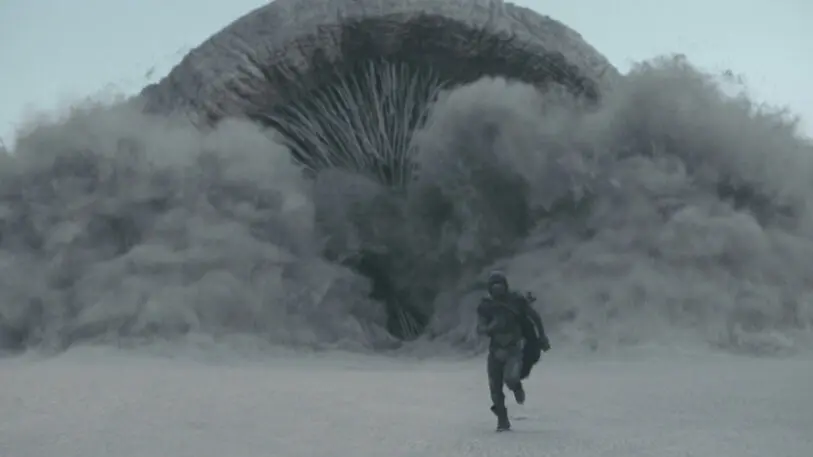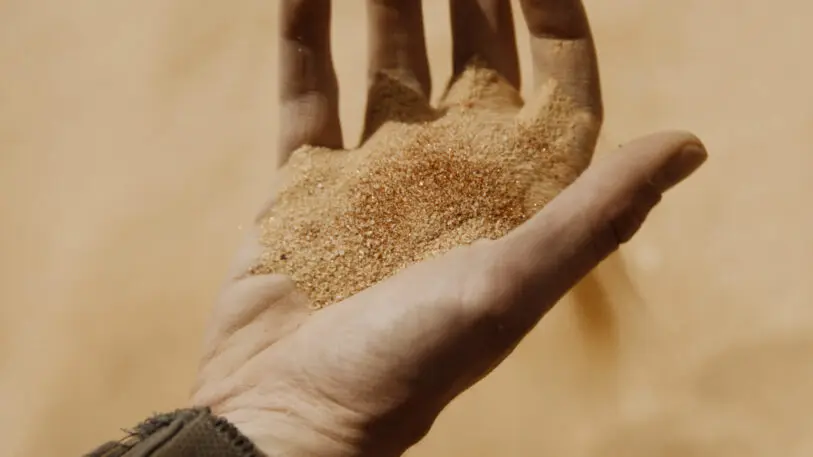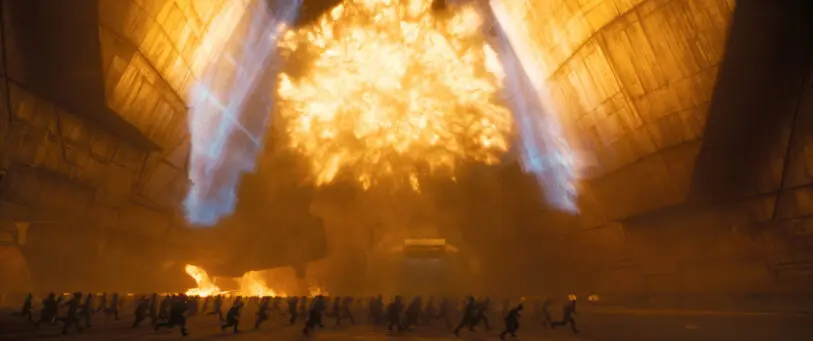The book series Dune is one of the most celebrated sci-fi epics of all time, full of technological motifs like shield belts, hovering gadgets, and space travel. But for director Denis Villeneuve, who released the latest film remake in 2021, “at the end of the day, Dune is a psychedelic journey.” It’s a drug-fueled exploration of the desert itself.
Indeed, Villeneuve’s Dune is a two-and-a-half-hour art film, less concerned with racing through a plot than taking the viewer deep into the ecosystem of planet Arrakis—a place that never rains, but somehow supports 1,500-foot sandworms plowing under the earth like subway trains. And in this new, 29-minute, behind-the-scenes video, we get a deep dive into the film’s thoughtful sound design, which was critical to creating that world.
Whereas many productions bring in sound designers after many of the visuals have already been finalized, supervising sound editor Mark Mangini (who worked with Villeneuve on Blade Runner 2049) began building the audioscape of Dune from its early days of production. As a result, the sound actually informs all sorts of things we see on-screen, and even fills in some of the conceptual gaps of the Dune series. (How can a giant worm actually burrow through so much sand? It vibrates with a low frequency to displace particles.)



Recognize your brand’s excellence by applying to this year’s Brands That Matter Awards before the early-rate deadline, May 3.
